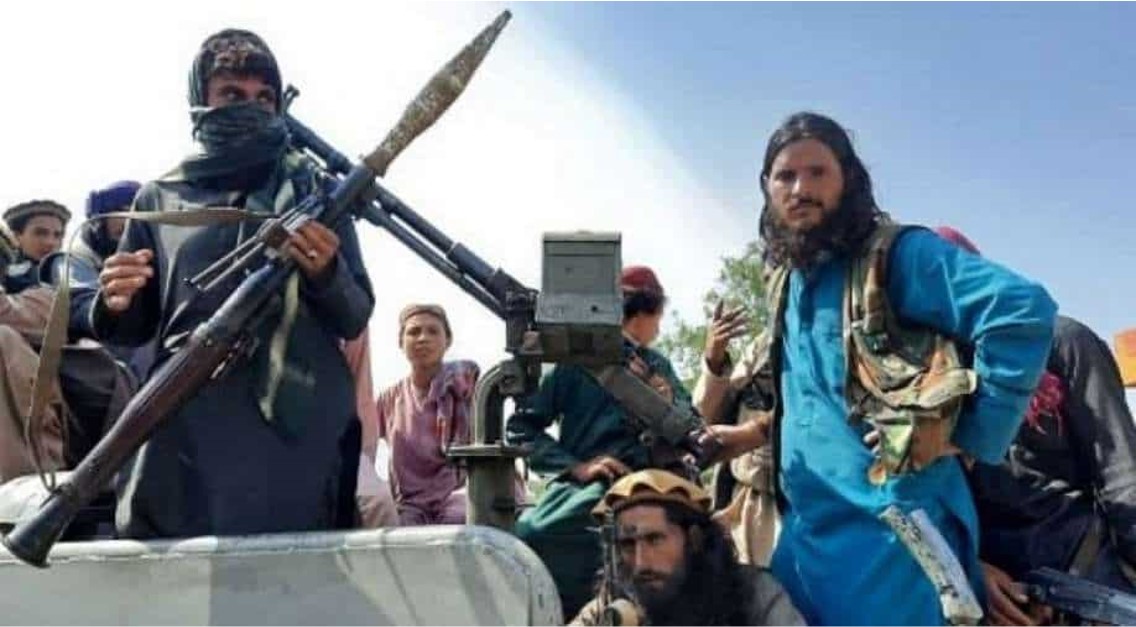The takeover of Afghanistan has created a huge challenge for the Taliban as much as for the world. Since August 15, the Islamic State Khorasan Province (ISKP) attacks on Taliban and Afghan targets have increased sharply and so have the Tehrik-e-Taliban Pakistan (TTP) attacks on Pakistani forces across the border. While the Taliban denies that ISKP has a “serious” presence in Afghanistan, Pak claims that the TTP is operating from Afghanistan. The two groups have claimed hundreds of attacks, including complex coordinated suicide and targeted attacks — all pointing to the existence of robust terrorist infrastructure in the Af-Pak region. In addition, hundreds of targeted killings of ex-Afghan National Defence and Security Forces (ANDSF) officers and local leaders are being blamed on the Taliban, opening the possibility of new local militias forming against the Taliban and adding to the insecurity.
Several irritants have surfaced in Taliban-Pakistan relations, with the latter arbitrarily closing the border crossings; meting out bad treatment to Afghans at the borders; continuing the fencing of the border to separate Pashtuns; denying diplomatic recognition to Taliban, and failing to get financial support from China for Taliban. However, the most embarrassing “truth” for the Taliban is the “invisibility” of Amir-ul-Momineen (AuM), Haibatullah Akhundzada, to thousands of cadres who, having pledged allegiance to him, have fought to establish “true” Islamic rule under him. Media reports suggest that he was last seen in a Quetta mosque and may actually be a “house guest” in Pakistan.
Soon after the takeover, the TTP re-pledged allegiance to the AuM. Pakistan has failed to drive a wedge between the two groups. Since the Doha Agreement of February 2020, the TTP network upped the ante and merged at least 12 major groups in August, under Noor Wali Mehsud. Emulating the Taliban, the TTP has been positioning itself as a nationalist group against the “un-Islamic” Pak army and has demonstrated its prowess by attacking Pakistani forces at will, mostly across the tribal belt and in cities like Quetta and Islamabad.
In 2020, the TTP claimed more than 180 attacks and over 400 casualties to Pakistani forces. This year, up to October, the number of attacks claimed has gone up to about 240. Between August and October, TTP has claimed over 120 attacks and 400 casualties to Pakistani forces. Additionally, the Baloch groups have claimed over 50 attacks and 100 casualties to the Pakistani forces during July-September. In 2021, at least three big attacks on Chinese interests in Pak have further jeopardised Pakistan’s efforts in bringing China “deeper” into Pakistan and Afghanistan.
Facing the onslaught of the TTP, the Pakistan army first engineered its proxy Pashtun groups such as the Hafiz Gul Bahadur group to declare a ceasefire to “show progress”, while it continued drone strikes and targeted killings in the tribal belt. With no foreign intelligence agencies to blame and the Taliban in power in Afghanistan, TTP attacks are an embarrassment for the Pakistan army, which has even stopped admitting its casualties, except for senior ranks. The Pashtun Tahafuz Movement has managed to successfully tap the anti-army sentiment in the tribal belt, making it very difficult to start large-scale operations either. The perilous state of Pakistan’s economy and grey listing by FATF are additional deterrents.
The Pakistan army also unleashed proxy violence in Afghanistan through the ISKP, including complex coordinated attacks in big cities, and attacks on Taliban leaders. It is widely believed that since the early days, the command and control of the ISKP have been under the control of the Pakistan Army, while fighters continued to be recruited in the name of “Daesh in Khorasan”. More than 400 ISKP cadres locked in Afghan prisons were released when the Taliban took over. The ISKP also continues to claim targeted killings in Pakistan’s tribal belt.
In early October, Pakistan announced that the Taliban was mediating talks with the TTP in Afghanistan and has, of late, offered many concessions, including permission to the Taliban to occupy Afghan missions in Pakistan, presenting Taliban’s foreign minister as a state guest and releasing regular drips of humanitarian assistance. On November 9, Pakistan and the TTP declared a month-long ceasefire. But the very next day, the Taliban rejected Pakistan’s assertion that it would militarily act against the TTP, should the peace talks fail.
The month-long ceasefire of TTP ended on December 9 and since then, it has claimed five attacks on Pakistani forces. Meanwhile, Taliban spokesperson has called Pakistan system “un-Islamic” and in a video, TTP has now described itself as a branch of Taliban. Further escalation in violence would abet recruitment by two groups, including from thousands of Taliban fighters, criminals and al Qaeda cadres released from Afghan prisons. The TTP would recruit cadres from Pakistan’s tribal belt and Afghanistan, while the ISKP would target cadres from South Asia and beyond, using some to carry out lone wolf attacks in their own countries.
The Taliban possesses raw muscle, but does not have professional counter-terrorism skills or the tools needed to understand or address violence in Afghanistan. Its machinery is killing those suspected to be “enemies” or “spies” and claims are made in the name of criminals or ISKP cadres. As the Taliban further fails in providing security, and the humanitarian crisis deepens, individual commanders may start colluding with criminals and smugglers of drugs, humans, goods and weapons to generate funds. The ungoverned pockets of Afghanistan, escalating violence, and mercenary commanders would present an opportunity for international groups like al Qaeda and Daesh to relocate and strengthen their regional and global operations from Afghanistan.
Courtesy: Anju Gupta

